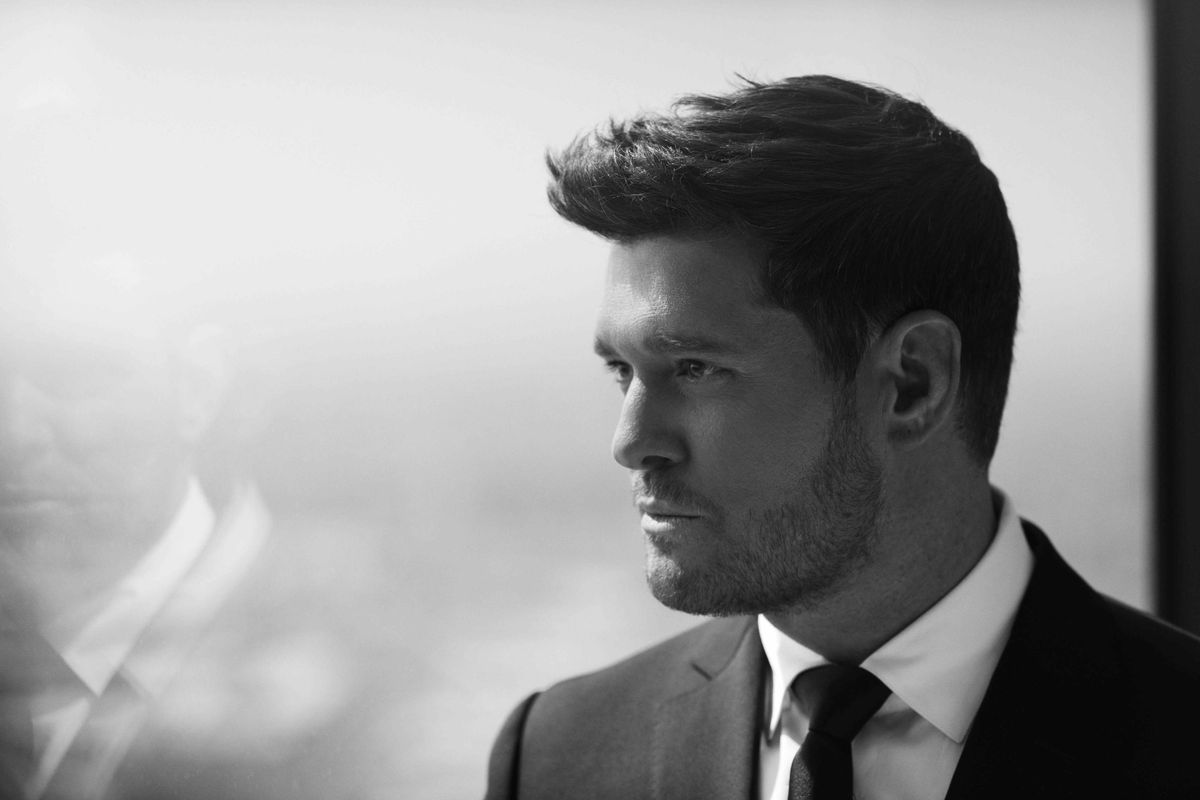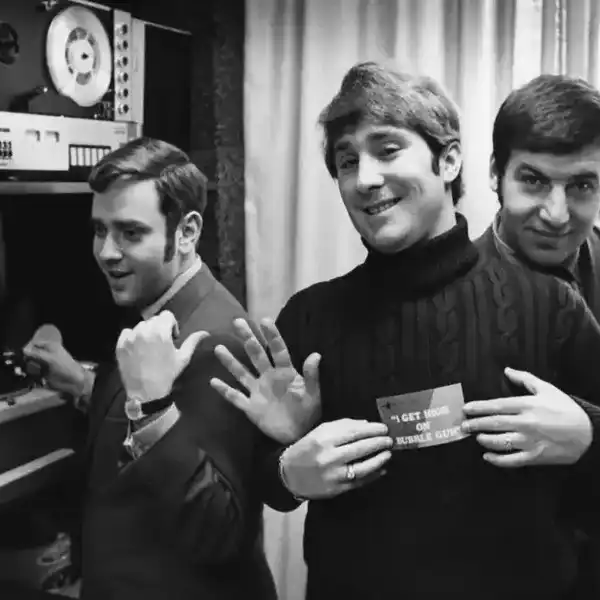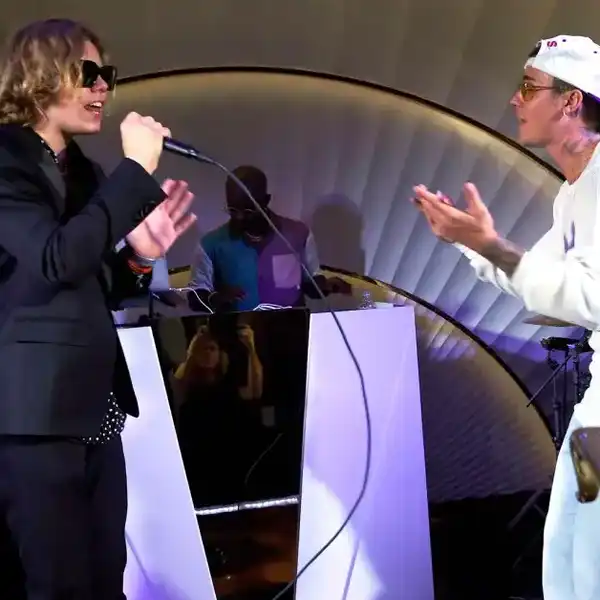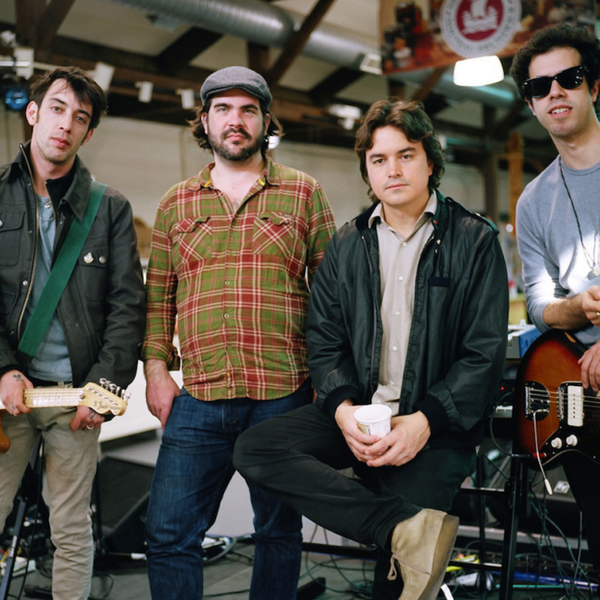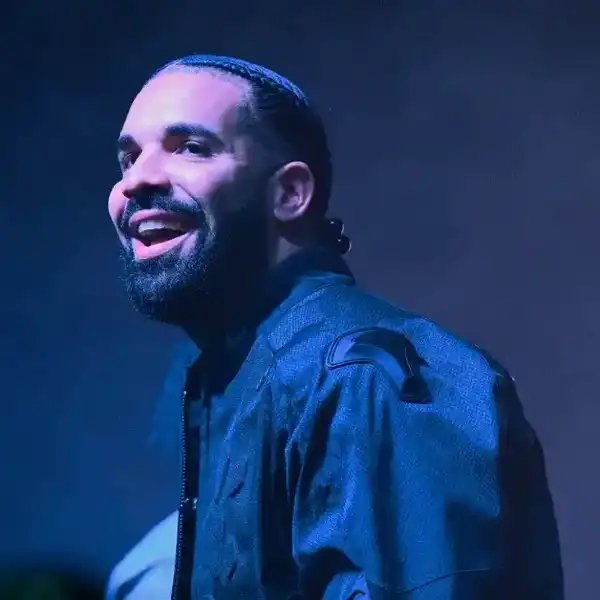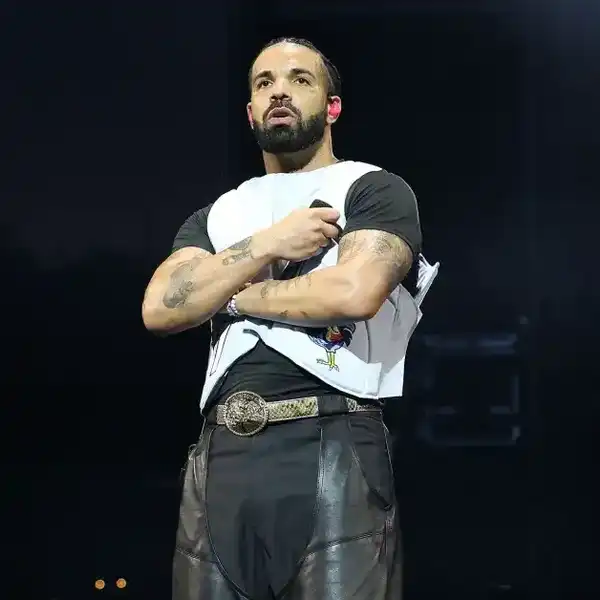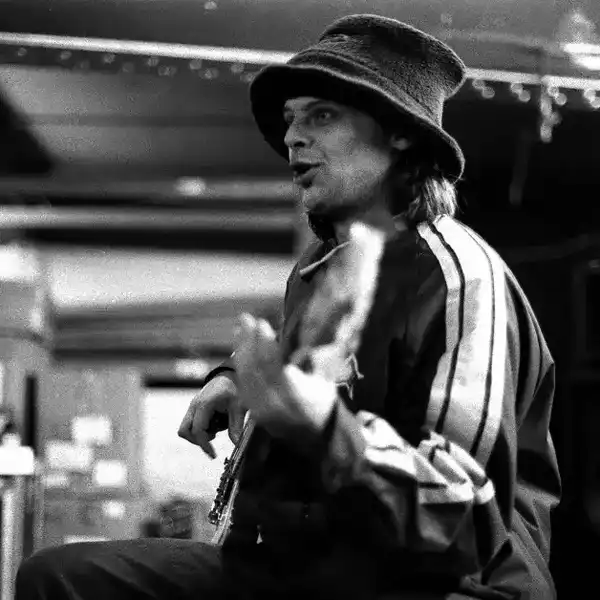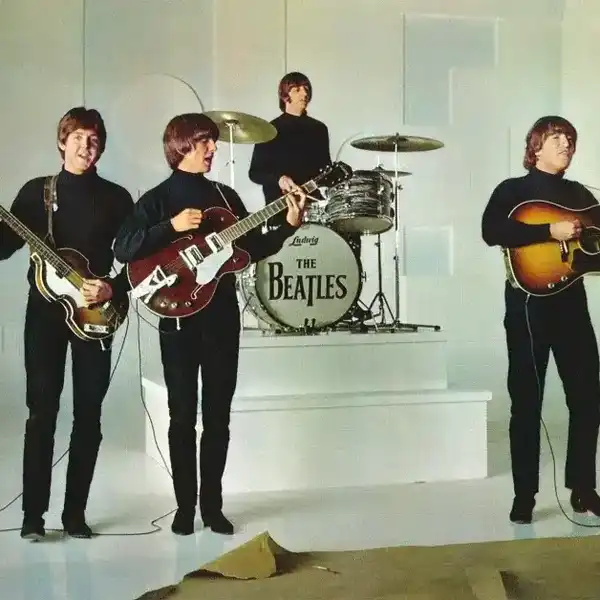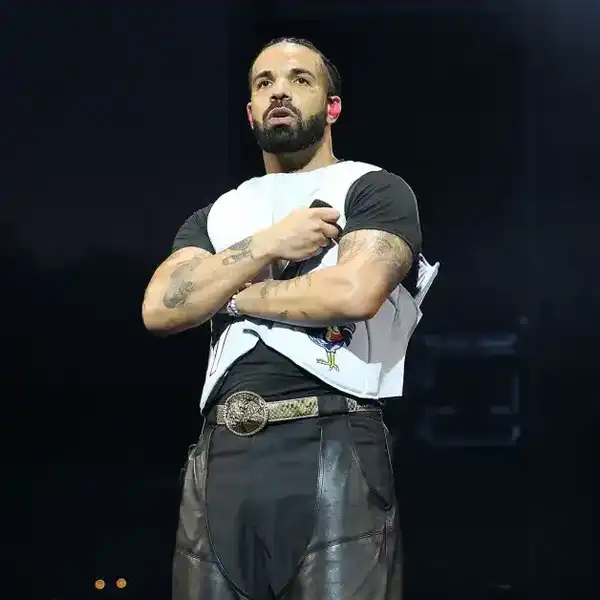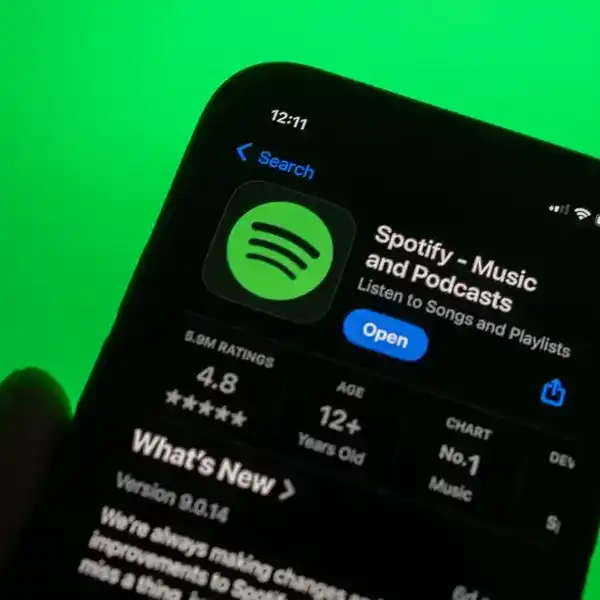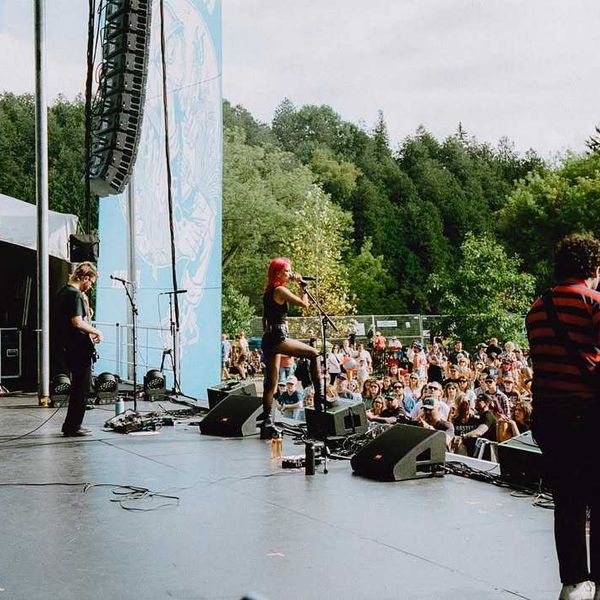How A Gut Feeling Made Million$ For Bob & Doug McKenzie
Rick Moranis and Dave Thomas’s dimwitted, beer-guzzling comedic creation known the world over as Bob & Doug McKenzie is a story born out of dumb luck and good fortune and its seed was planted with Moranis befriending Perry Goldberg when they were kids attending Hebrew school in North Toronto.
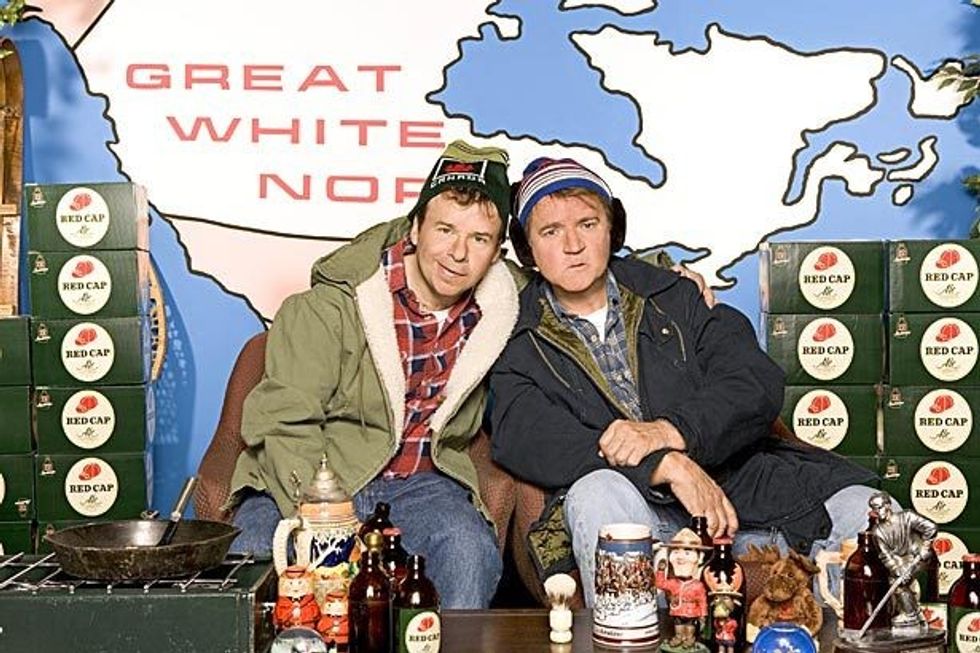
By David Farrell
Rick Moranis and Dave Thomas’s dimwitted, beer-guzzling comedic creation known the world over as Bob & Doug McKenzie is a story born out of dumb luck and good fortune and its seed was planted with Moranis befriending Perry Goldberg when they were kids attending Hebrew school in North Toronto. Moranis moved on to become a key figure in what became part of the now-legendary Second City troupe in the city with Thomas, which in turn led to the creation of Second City Television, now more commonly known as SCTV, a Canadian show that moved successfully to American TV.
The original SCTV cast consisted of writer-actors John Candy, Joe Flaherty, Andrea Martin, Catherine O'Hara, Harold Ramis, Eugene Levy, and Thomas. Moranis joined the cast in season 3 and the show was broadcast at various times in Canada by Global, CBC and in its third season, it was picked up by Allarcom-ITV Edmonton owner Charles Allard who arranged for it to be taped at his Edmonton ITV Studios. It was here that Moranis ran into his school mate Goldberg who was now Marketing and Promotion Director for Anthem Records, home to Rush, Max Webster and several other notable acts.
In 1981, Goldberg was at the Allarcom office complex in Edmonton pitching a new album by Dave Thomas’s brother Ian, the Canadian singer-songwriter who had become popular with a string of hits but most notably with Painted Ladies, and Runner, which was recorded by Manfred Mann's Earth Band. While the Thomas brothers caught up on each other's lives, Goldberg and Moranis did the same and found himself invited to watch the taping of a sketch created by Moranis and Thomas as Bob & Doug McKenzie.
Goldberg says it was ‘a light bulb moment’ and he left the studio thinking there was something more that could be done with this zany hoser comedy sketch.
He took his idea of recording an album with the duo to Anthem’s top gun, Ray Danniels, who told him to let him sit on it for a few days before making a decision. “I was really excited with the idea, but I knew Ray’s focus at the time was the launch of Moving Pictures," a pivotal album for Rush following the success the trio had with its forerunner, Permanent Waves, a big success in North America and the UK (and both produced by Terry Brown).
The album was set for release on February 12, the day following its premiere with band bassist Geddy Lee guesting on Rick Ringer’s radio show on Toronto’s CHUM-FM. Goldberg had constructed an elaborate launch campaign involving key rock FM stations nationwide that would send winners from each market to Rush’s North American tour opening date at the 15,000-capacity Hollywood Sportatorium in Florida. He had spent months piecing the campaign together, working with broadcasters in major markets across Canada and figuring out the logistics of getting contest winners to Florida. Goldberg brought in an airline company and a major hotel chain to co-sponsor the promotion, so the big costs were off the table for Anthem and Rush.
“Ray flies in,” Goldberg remembers, and they met poolside the day of the show in sunny Florida, glad to be away from the biting cold in hometown Toronto. “Ray looks around at the contest winners who are having a lot of fun before the show and he has this big smile on his face and says ‘and this isn’t costing me any money, right?’
“I tell him 'that’s right', and he asks me what it would cost if Anthem did have to pay. I was young, in my 20s, and I hadn’t given much thought to putting a number to the campaign, but for some reason that I can't explain, I pulled ‘ten-thousand-dollars’ out of the air. I wanted to impress Ray and for him to think that I was a really good negotiator (which is the hallmark of Danniels’ career as the band’s manager as we will see a little further into this story).
“Ray still has this big grin and he says to me, ‘OK, then you have a budget of exactly $10,000 to do the album with Bob & Doug. If it goes one penny over budget, that’s coming out of your salary. Do we have an understanding?’ I nodded and felt great because I just had this gut instinct that the album would be a big success.”
Goldberg credits Danniels for being an out-of-the-box thinker and agreeing to sign Bob & Doug McKenzie.
Of course, no one had any way of knowing that it would become a runaway success, keeping Capitol Records’ Canada’s manufacturing plant on overtime to meet the pre-Christmas demand for the duo’s Great White North album. The exact cost of the album remains in question, however. Dave Thomas and Rick Moranis credit Goldberg with the idea for the album in Thomas’ book, SCTV: Behind the Scenes, but Moranis says the album was done for $5,000. Five or ten is a moot point now. After a frenzy of scriptwriting, the album was recorded and Danniels took it to New York to cut a deal with Guenter Hensler, the head of PolyGram Records at the time. The label owned Mercury Records which had earned a mint signing Bachman-Turner Overdrive in the ‘70s and was earning as much or more now with Rush, another Canadian hard-rock ensemble.
Danniels' opening gambit was to ask for a US$50,000 advance for a comedy album that may or may not become a winner. Back in those days, and perhaps these days too, comedy records weren’t exactly top of the pops, but the album credits included Geddy Lee and the single Take Off had the sniff of a hit song to it. Hensler considered Danniels’ asking number, probably weighed the money the company had made off Rush and offered US$35,000. Danniels kept a poker face and they shook hands on the deal. He was already ahead of the game and the album hadn’t even been released.
Mercury made a small fortune with the release, Danniels did too, and Bob & Doug became household names, and extremely well off. Goldberg didn’t make a dime from the deal, but he has one hell of a story in his gathering storybook of great promotions that were a win-win situation for the players involved.
In retrospect, Danniels says “without Perry Goldberg’s original belief in the project and bringing it to me, it probably would not have happened."

